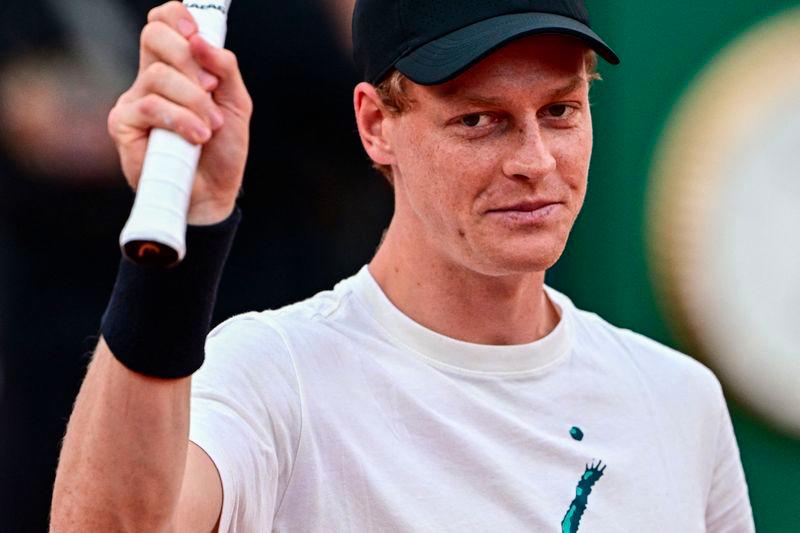ROME: Jannik Sinner will delight crowds at the Rome Open this week when the world number one makes his return to tennis, but the Italian's three-month doping ban has allowed other local rising stars to move into the limelight.
Sinner was on Monday joined in the top 10 of the men's world rankings by Lorenzo Musetti, who is at number nine after reaching the Monte Carlo final and the last four in Madrid.
Meanwhile Luciano Darderi and Flavio Cobolli won tournaments in Marrakesh and Bucharest in April, further underlining the strength in depth that Italian tennis has behind Sinner, a three-time Grand Slam winner.
Filippo Volandri, captain of the Italy team which has won the last two editions of the Davis Cup, told AFP that “Italian tennis is clearly in a golden age”.
“But it’s been a long time coming, we’re seeing the fruits of work which was started some time ago,“ he added.
- The system works -
Volandri, who has been in charge of top-level male players for the Italian Tennis Federation (FITP) for the last nine years, showed AFP a graphic which illustrates Italy's recent progress.
Between 2005 and 2015 Italian players won eight ATP titles -- with seven of those in the lowest 250 category -- but since 2016 the tally of tournament wins has more than trebled to 31.
Five of those 31 wins have come in top-level Master 1000 tournaments, with another three being Sinner's Grand Slam triumphs. Sinner is responsible in total for 19 of Italy's ATP wins since 2016.
“Jannik is the product of a movement which had already given us Matteo Berrettini reaching the Wimbledon final (in 2021). He is the result of a system that works,“ said Volandri.
Michelangelo Dell'Edera, the director of the FITP's Higher Training Institute, told AFP that the federation runs a geographically-decentralised system which was put in place at the end of the 1990s.
“Every province has a coach from the federation for children between 8-10 years old, while each region has a manager in charge of players between the ages of 11 and 16,“ explained Dell’Edera.
Players were for a long time obliged to move to the national training centre at Tirrenia, just up the Tuscany coast from Livorno, but that is no longer the case.
“Decentralisation means making our skills available to young players and their coaches,“ said Volandri.
“We’re reaching out to them rather than tearing them away from their families and their lives.”
- 'Speed tennis' -
Dell'Edera said the renaissance in Italian tennis has also come via a change in training philosophy and playing style.
“To make a comparison with another sport, we’ve gone from the marathon, where players were slugging forehands and backhands, to the 100m, a sort of ‘speed tennis’ where the emphasis is on the serve and return, two shots which determine whether a point can be won,“ he said.
Every year for the past seven years, just before the Rome Open the FITP invites its 12,000 coaches to a seminar at the picturesque Foro Italico where the major clay court tournament is played.
The seminar is held to discuss training, physical preparation and tactics, with guest appearances from big foreign names in the field such as Emilio Sanchez and Brad Gilbert, who were there on Saturday.
Gilbert, the former coach of tennis icon Andre Agassi, is impressed with the work being done in Italy.
“They’re getting to the top, they have Sinner. Sometimes you get to the top and you rest. If anything, they are spending more,“ said Gilbert.
“They’ve made an incredible commitment and they’ve got a great supporting team. Sinner is the reward.
“But they started this thing 10, 15 years ago and they’re still producing. I just watched this kid... Federico Cina. He is special.”
Cina could have the chance to show how special he is as he will play Sinner in the second round in Rome if he gets past Argentinian Mariano Navone in his opening match.









